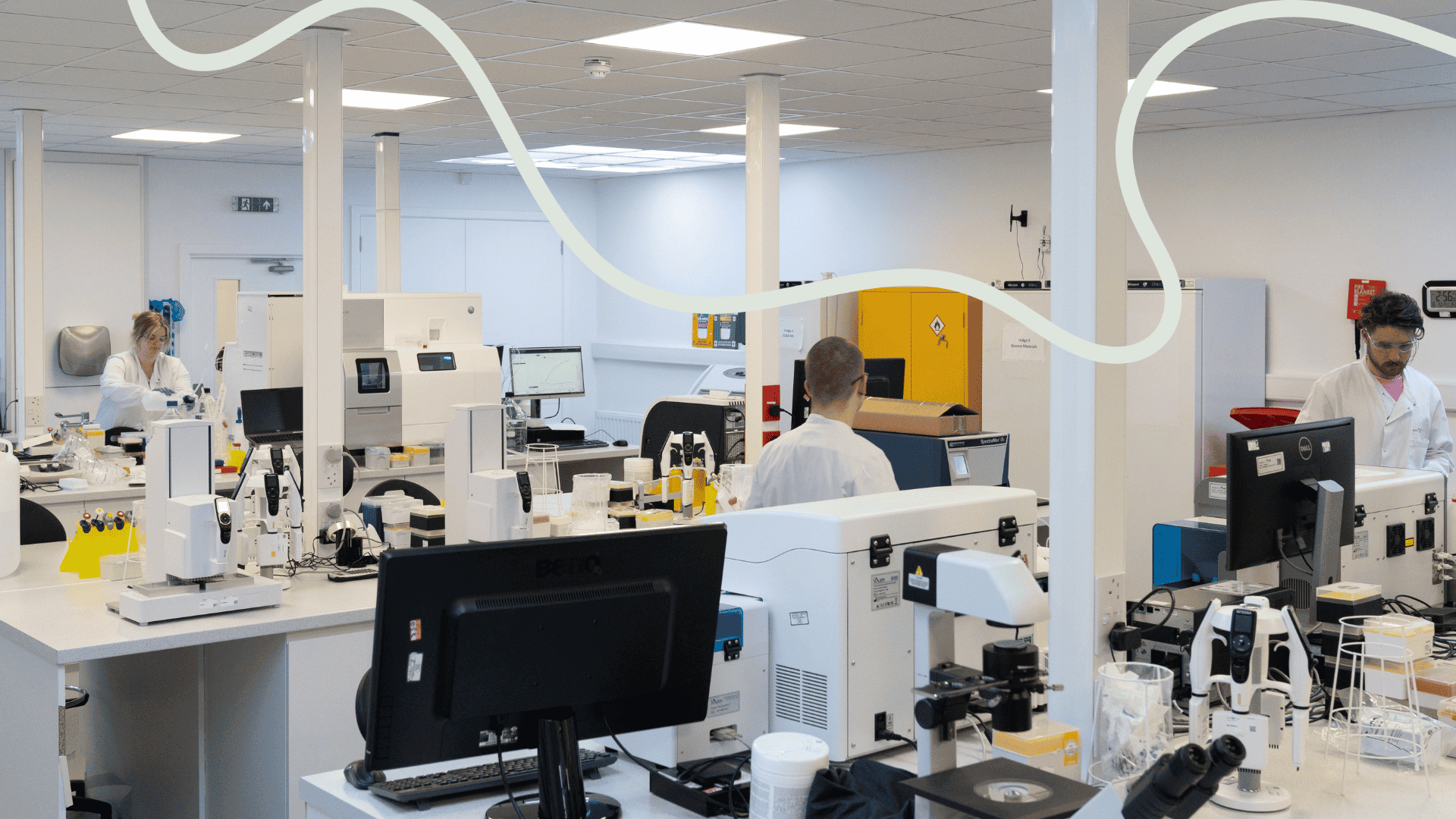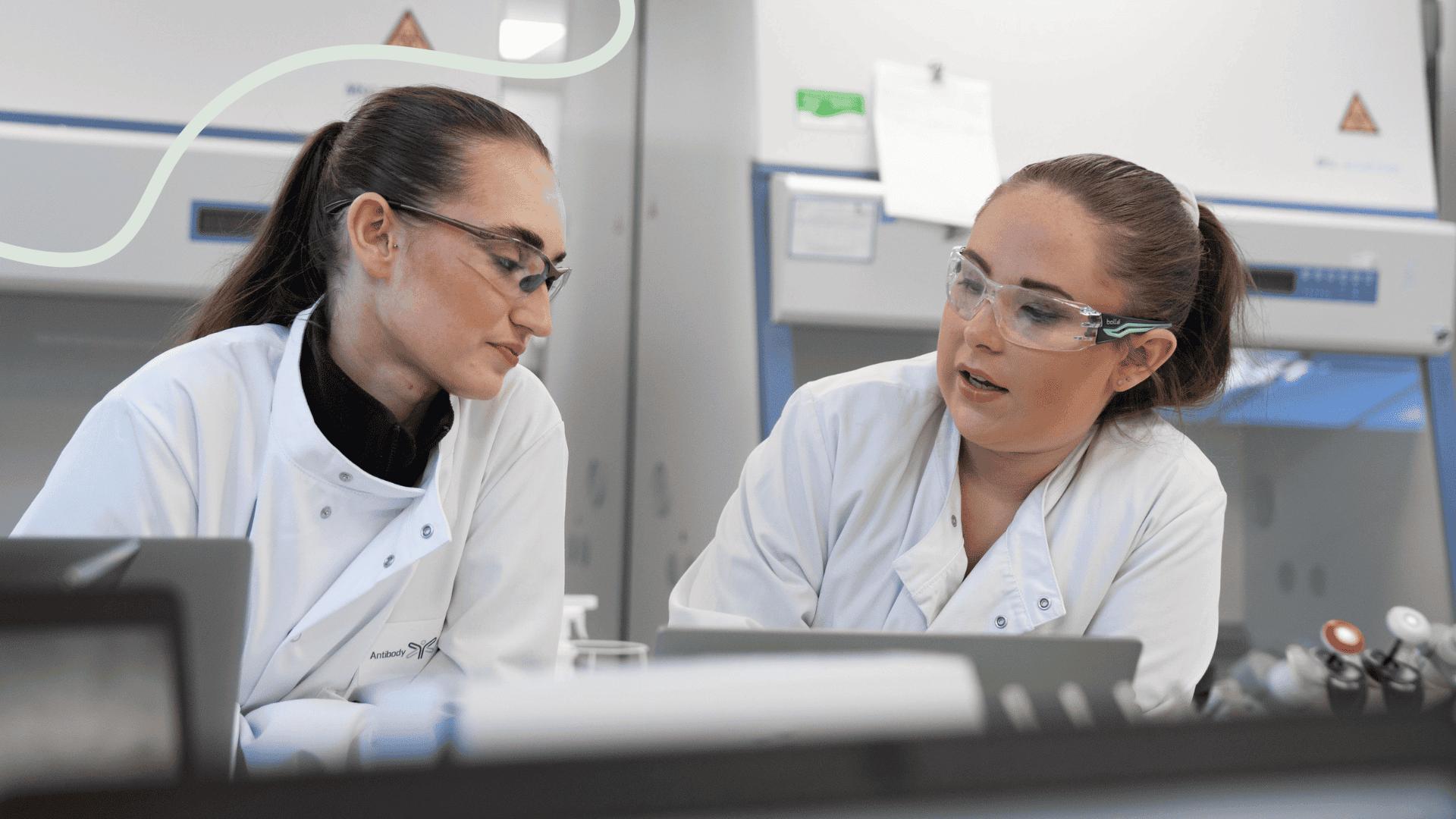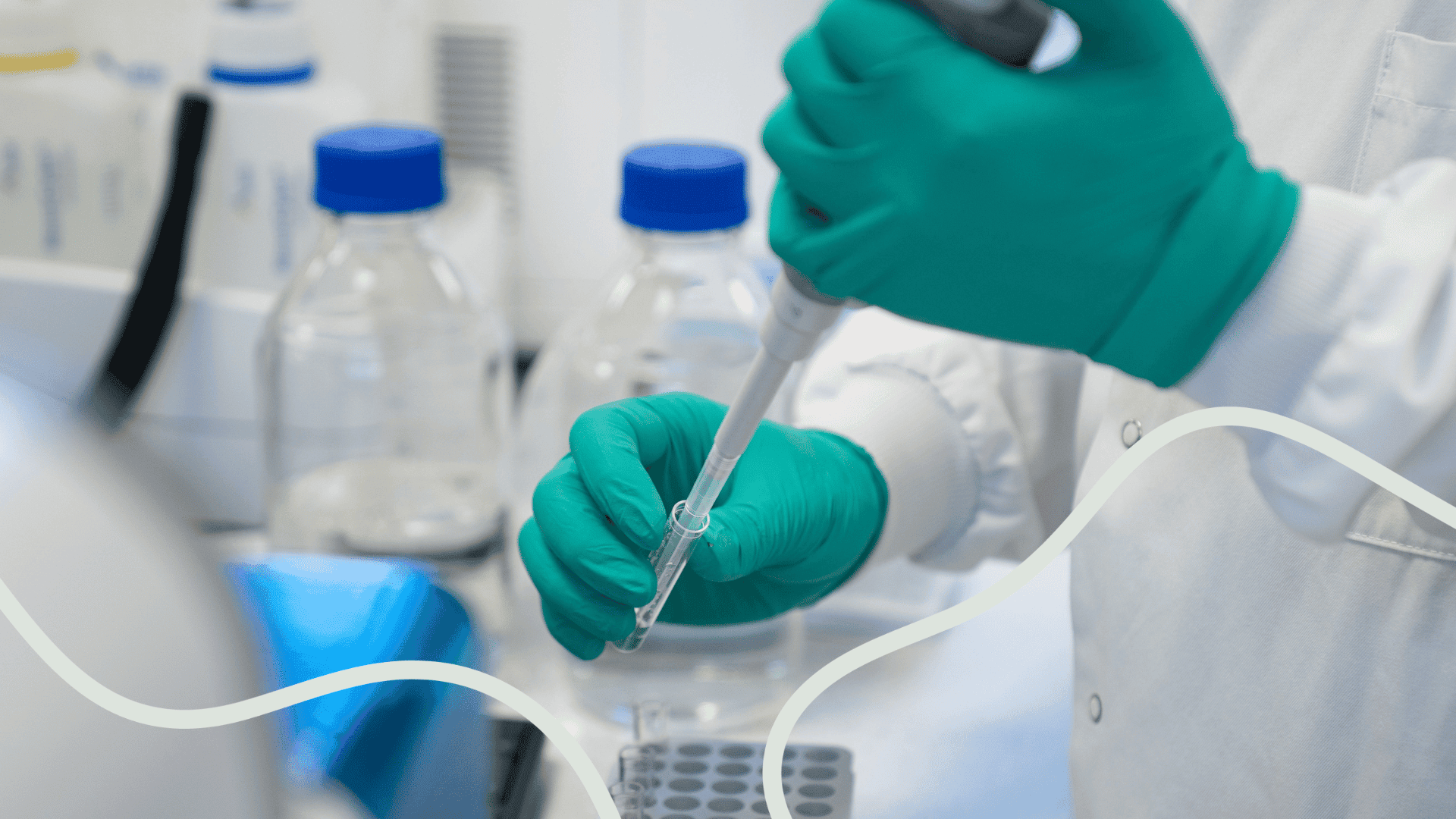Introducing the in vitro models driving drug development
In vitro pre-clinical models are crucial to de-risk drug development, inform decision making, and reduce reliance on animal testing. Our CSO Agapitos Patakas introduces the in vitro models driving drug development today.

|
January 24, 2025
|
6 min read
Scientific advancements are continually reshaping the drug development process. In vitro pre-clinical models have emerged as indispensable tools for translating promising discoveries into life-saving treatments.
Pre-clinical models can evaluate drug efficacy, safety, and mechanisms of action early in the development pipeline. By strategically leveraging these, biopharmaceutical companies can make more informed decisions, streamline development timelines, and reduce reliance on animal testing — a critical consideration in modern drug development.
Our CSO, Dr Agapitos Patakas, explores the multifaceted role of in vitro models in advancing therapeutic innovation.

Introducing in vitro models
Drug developers are increasingly relying on the predictive power of in vitro models in pre-clinical drug development. This is fuelled by a number of factors:
Regulatory evolution
The introduction of the FDA Modernization Act 2.0 allows developers to use diverse testing methods — including human-relevant in vitro models — to evaluate the safety and efficacy of new drugs before they progress to human trials. This change in legislation reflects the limitations of traditional animal testing, and the need for more predictive, human-relevant pre-clinical models.
Increased availability of advanced in vitro technologies
The development of sophisticated three-dimensional (3D) cell culture systems, organ-on-a-chip platforms, and microphysiological systems, enable researchers to create more complex and physiologically relevant models. Advancements in materials science have also helped replicate the extracellular matrix (ECM) of tissue microenvironment, facilitating the application of these technologies. Such advancements allow intricate drug interactions, cellular responses, and disease mechanisms to be studied in a more controlled and human-focused environment.
The rising costs and complexities of drug development
Drug development is becoming increasingly expensive. In vitro models offer a cost-effective and time-saving approach to pre-clinical research, allowing developers to rapidly screen drug candidates and identify potential safety or efficacy issues early in the process.
A growing emphasis on ethical and sustainable practices in research
By providing human-relevant data earlier, in vitro models can potentially limit the need for animal studies. This more humane and responsible approach aligns with the ethical concerns of researchers and the public. This is particularly important in areas such as immunology and immuno-oncology, where the intricacies of the human immune system can be challenging to replicate in animal models.

Types of in vitro models
Traditionally, 2D cell culture systems, where cells are grown on flat surfaces, have been the standard for most in vitro research. They offer simplicity, cost-effectiveness. and ease of manipulation — making them valuable tools for studying basic cellular processes, screening drug candidates, and assessing cytotoxicity.
However, 2D cultures fail to recreate the tissue architecture and cellular interactions of living systems. Researchers have developed more sophisticated in vitro models that better mimic the in vivo environment:
Primary human cell models
In vitro assays utilising primary human cells, such as immune cells and tumour cells, are essential for understanding disease mechanisms and evaluating novel therapies. They provide valuable insights into the complex interactions between drugs and the immune system. While human immortalised cell lines are available, the tissue source and genetic alterations made to these cells limit their translational benefit to drug discovery.
Co-culture models
Co-culture systems, which incorporate multiple cell types, such as immune cells and tumour cells, can provide a more accurate representation of the complex interactions within the tumour microenvironment (TME). This allows researchers to study cell-to-cell interactions, the impact of the microenvironment on drug response, and the efficacy of immunotherapies. These platforms can assess important translational questions, such as the impact of target antigen density on the safety and efficacy of antibody-based therapeutics.
Advanced and humanised in vitro models
3D cell cultures, such as spheroids, organoids, and materials that emulate the ECM, allow cells to grow and interact, forming structures that resemble tissues and organs. These models allow researchers to study intricate processes like cell-to-cell and cell-ECM communication, tissue organisation and drug penetration, providing a more holistic view of drug effects.
Organ-on-a-chip models
Organ-on-a-chip systems are microfluidic devices that incorporate living cells within microchannels, mimicking the structure and function of human organs. These models allow for the study of drug effects on multiple cell types simultaneously, as well as the assessment of drug transport and metabolism. Organ-on-chip systems offer a promising platform for predicting drug responses in humans and reducing reliance on animal testing.
Stem cell technology
An alternative approach is utilising induced pluripotent stem cells (iPSCs), produced from adult cells or tissues. Stem cell technology offers access to human tissue without the constraints of taking tissue samples from vital organs. These stem cells and similar classes can be differentiated into multiple cell types to investigate human physiology in both health and disease, while retaining the genetic information of the person providing the tissue.

Ensuring robustness and reliability
Generating meaningful and reproducible data from in vitro models requires careful consideration. Appropriate assay systems must be applicable to the specific research question, the drug candidate being evaluated, and the desired endpoints. Employing multiple orthogonal assays can provide a more comprehensive understanding of drug effects.
Maintaining rigorous quality control throughout the experimental process is also essential in contributing to the reliability of in vitro data.
Finally, embracing technological advancements and data analysis tools can significantly enhance in vitro studies. Automated liquid handling systems, high-throughput screening platforms, and advanced imaging techniques can improve precision, reduce human error, and increase the throughput of experiments. Robust data analysis methods, including statistical modelling and machine learning, can help extract meaningful insights from complex datasets and identify potential biases or confounding factors.

Advantages and limitations of in vitro models
One inherent challenge of in vitro modelling lies in replicating the intricate complexity of the in vivo environment. The human body is a dynamic and interconnected system, with multiple organs, tissues, and cell types interacting in a tightly regulated manner. Even the most advanced in vitro models can only partially capture this complexity.
Researchers are exploring the potential of "body-on-a-chip" systems, which aim to connect multiple organ-on-a-chip models to create a more holistic representation of human physiology. This approach could enable the study of drug interactions with multiple organs and provide a more comprehensive understanding of systemic effects.
Another area of active research is the development of personalised in vitro models. These utilise cells or tissues derived from individual patients, allowing for the study of drug effects in a patient-specific context. This holds great promise for personalised medicine; identifying the most effective treatments for individual patients based on their unique genetic and phenotypic characteristics.
Driving the future of drug development
As technology evolves, we can anticipate the arrival of even more sophisticated and human-relevant in vitro models. The future of drug discovery hinges on embracing these advancements and fostering collaboration among stakeholders.
The continued integration of advanced technologies will enable the creation of highly complex and personalised models that more accurately predict drug behaviour in humans.
Ultimately, these efforts in developing and refining in vitro models will accelerate the translation of scientific discoveries into life-saving treatments.
Join our community of curious minds on LinkedIn
🗓️ Stay informed with our monthly scientific newsletter, published on LinkedIn on the last Wednesday of each month.
These editions bring you the latest in drug development breakthroughs, industry trends, and expert insights from the brilliant minds at RoukenBio.
Subscribe today on LinkedInWorking in drug development?
Discover our array of in vitro bioassays, designed to accelerate your drug development.
Find out more
